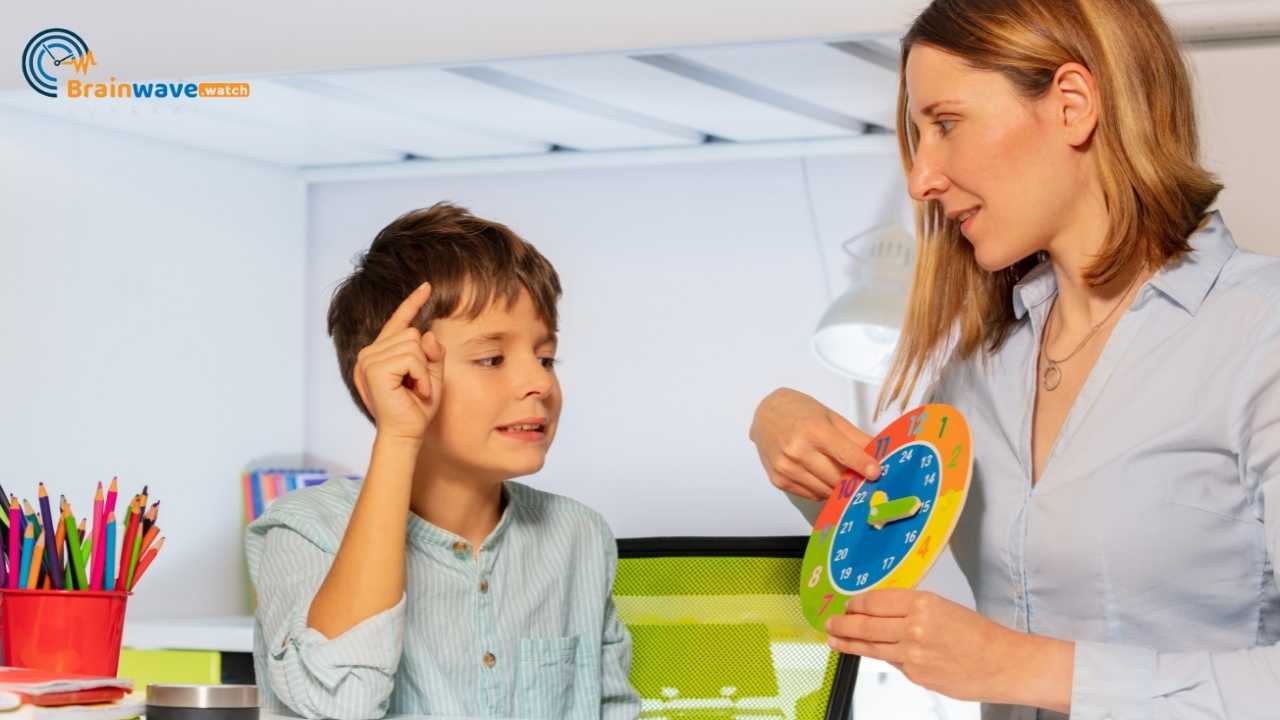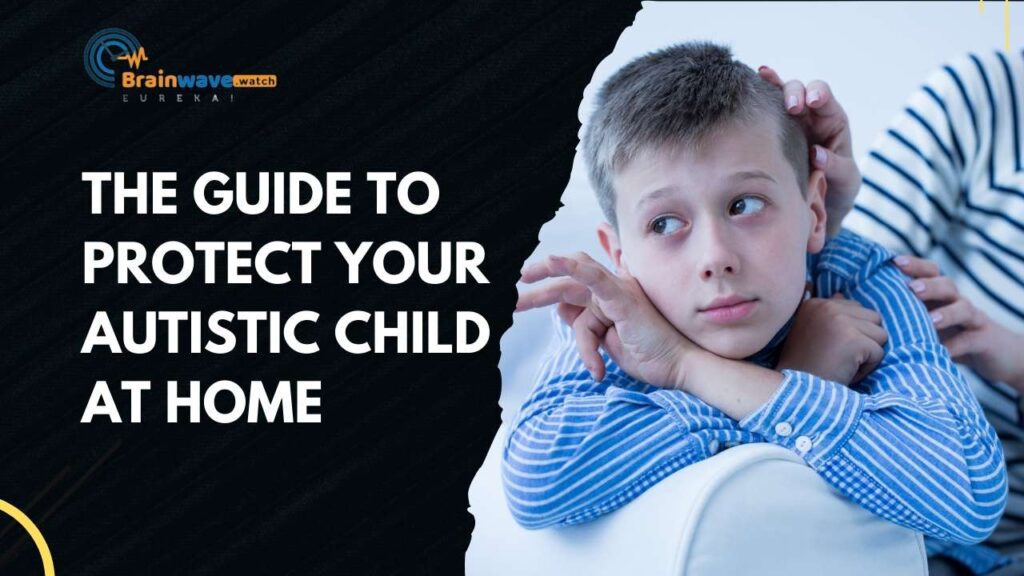Autism, or Autism Spectrum Disorder (ASD), is a developmental disorder that affects communication, social interaction, and behavior. It is a lifelong condition that affects people in different ways, making it a complex and often misunderstood disorder. However, many strategies and techniques can help individuals with autism navigate daily life more easily, and these are often referred to as “autism life hacks.”
Understanding autism is key to developing effective life hacks. Although autism is a spectrum disorder, meaning that it affects people in different ways, certain commonalities can be helpful to know. For example, individuals with autism may have difficulty with social cues, communication, and sensory processing. By understanding these challenges, it is possible to develop strategies that can help individuals with autism thrive. In this article, we will explore some of the most effective autism life hacks, from daily life strategies to workplace adaptations and beyond.
Key Takeaways
- Understanding autism is key to developing effective life hacks.
- Daily life strategies, workplace adaptations, and educational support can all be helpful for individuals with autism.
- Technology and tools, home environment, and community and resources can also provide valuable support.
Daily Life Strategies
1. Time Management
Individuals with autism often struggle with time management and may have difficulty with tasks that require transitioning from one activity to another. To help manage time, individuals with autism can benefit from using visual schedules or timers. A visual schedule can be a simple list of tasks that need to be completed in a day or a more detailed schedule that includes pictures or symbols to represent each task. Timers can also help manage time, as they provide a visual cue for when an activity needs to be completed or when it is time to transition to a new activity.
2. Sensory Processing Aids
Sensory processing difficulties are common among individuals with autism, and they can benefit from using sensory aids to help regulate their sensory input. Some common sensory aids include weighted blankets, noise-canceling headphones, fidget toys, and chewable jewelry. Weighted blankets can provide deep pressure and a calming effect while noise-canceling headphones can help reduce auditory distractions. Fidget toys and chewable jewelry can also help individuals with autism regulate their sensory input and provide a calming effect.
3. Communication Techniques
Communication can be a challenge for individuals with autism, but various techniques can help improve communication skills. One such technique is using visual aids, such as picture cards or communication boards, to help individuals with autism express their needs and wants. Another technique is using social stories, which are short stories that describe social situations and appropriate social behaviors. Social stories can help individuals with autism understand social cues and improve their social skills. Additionally, using a communication partner or assistive technology, such as a speech-generating device, can also help improve communication skills.
Social Interaction Tips
1. Building Social Skills
Individuals with autism may struggle with social interactions, but there are ways to develop and improve social skills. Here are some tips:
- Practice socializing: Engage in social activities such as joining a club or group that shares similar interests. This can help individuals with autism learn how to interact with others in a comfortable and safe environment.
- Role-play: Practicing social situations through role-playing can help individuals with autism develop social skills and gain confidence in social interactions.
- Develop communication skills: Effective communication is key to successful social interactions. Individuals with autism can benefit from speech therapy or other communication therapies to improve their communication skills.
2. Navigating Relationships
Navigating relationships can be challenging for individuals with autism. Here are some tips to help:
- Be clear and direct: Individuals with autism may struggle with social cues and indirect communication. Being clear and direct in communication can help avoid misunderstandings in relationships.
- Set boundaries: It is important to establish and communicate personal boundaries in relationships. Individuals with autism may benefit from social stories or visual aids to help understand and communicate boundaries.
- Seek support: Building and maintaining relationships can be difficult, but seeking support from family, friends, or a therapist can provide valuable guidance and assistance.
By implementing these social interaction tips, individuals with autism can develop and improve their social skills and navigate relationships with greater ease and confidence.
Educational Support
1. Learning Aids
Individuals with autism may have difficulty with certain aspects of learning, such as processing information, staying focused, and understanding abstract concepts. However, there are various learning aids available that can help them overcome these challenges.
One such aid is visual aids, which can include pictures, diagrams, and videos. Visual aids can help individuals with autism better understand concepts and retain information. Additionally, using color-coded notes and highlighting important information can also help with retention.
Another helpful learning aid is the use of technology. There are many educational apps and software programs available that can help individuals with autism learn and retain information. For example, some apps provide interactive learning experiences, as well as software programs that can help with reading and writing skills.
2. Classroom Accommodations
In addition to learning aids, classroom accommodations can also help individuals with autism succeed in an educational setting. One common accommodation is a quiet space for the individual to work in when they need to focus or calm down. Additionally, allowing the individual to take breaks as needed can also be helpful.
Another accommodation is the use of visual schedules and organizers. These can help individuals with autism understand their daily routine and what is expected of them. Additionally, providing written instructions and breaking down tasks into smaller steps can also be helpful.
Overall, there are various educational supports available for individuals with autism. By utilizing learning aids and classroom accommodations, individuals with autism can succeed in an educational setting and reach their full potential.
Workplace Adaptations
1. Job Selection
When it comes to finding a job, individuals with autism may benefit from selecting a job that aligns with their strengths and interests. This can help them to feel more engaged and motivated in their work. It may also be helpful to consider jobs that have a structured routine, clear expectations, and minimal sensory overload.
2. Workplace Modifications
Making workplace modifications can also be helpful for individuals with autism. This may include adjusting the lighting, reducing noise levels, or providing a quiet space for breaks. It may also be beneficial to provide written instructions or visual aids to help with task completion. Employers can work with their employees to determine what modifications would be most helpful for them.
In addition, technology can be a useful tool for individuals with autism in the workplace. For example, noise-canceling headphones can help to reduce sensory overload, and apps that provide reminders and organization can help with task completion and time management.
By making these adaptations, employers can create a more inclusive and supportive workplace for individuals with autism, allowing them to thrive in their work.
Home Environment
1. Organizational Tools
Individuals with autism may struggle with organization and keeping track of their belongings. It can be helpful to implement organizational tools in the home environment to alleviate stress and improve daily functioning. Some useful tools include:
- Labeling bins, drawers, and shelves to indicate where items belong
- Using visual schedules or checklists to help with daily routines and tasks
- Utilizing color coding to differentiate between items or tasks
By implementing these tools, individuals with autism can have a clearer understanding of where their belongings belong and what tasks they need to complete, leading to a more organized and stress-free environment.
2. Creating a Soothing Space
The home environment can also be overwhelming for individuals with autism due to sensory sensitivities. Creating a soothing space can provide a safe and comfortable place for individuals to relax and decompress. Some tips for creating a soothing space include:
- Using calming colors such as blues and greens
- Incorporating soft textures such as blankets and pillows
- Minimizing clutter and visual stimuli
By creating a soothing space, individuals with autism can have a place to retreat when feeling overwhelmed, leading to improved overall well-being.
Technology and Tools
1. Assistive Apps
Assistive apps can be a great tool for individuals with autism. These apps can help with communication, socialization, and organization. One popular app is Proloquo2Go, which is a communication app that allows individuals to communicate using pictures and symbols. Another app, Social Stories Creator and Library, helps create social stories that can be used to teach social skills and appropriate behavior.
2. Wearable Devices
Wearable devices can also be helpful for individuals with autism. For example,
The Brainwave Smartwatch is designed to empower and provide an extra layer of security for individuals with autism. This innovative wearable device is tailored to meet the unique needs of special-needs children, promoting autonomy while ensuring safety.
Key Features:
- Smart Monitoring for Autonomy: The Brainwave Smartwatch allows wearers to communicate their well-being with a simple swipe. If the user swipes, they’re okay; if not, it signals that they need help, ensuring assistance is provided when needed the most.
- Location Tracking: Transmitting the wearer’s location in real-time provides caregivers with peace of mind and the ability to respond promptly in case of emergencies.
- Health Monitoring: The smartwatch detects abnormal heart rates, ensuring the wearer’s health is monitored comprehensively.
- Safety Alerts: The Brainwave Smartwatch sends SOS alerts to designated caregivers, notifying them when the wearer requires assistance.
- Voice Calls: The device allows for voice calls in emergencies, facilitating communication between the wearer and caregivers.
- Secure Clasp: Equipped with a secure clasp, the smartwatch ensures it won’t be taken off unintentionally, providing constant protection.
Start Your Free Brainwave Watch Trial
Overall, technology and tools can be a valuable resource for individuals with autism. With the help of assistive apps and wearable devices, individuals can improve their communication, organization, and social skills.
Health and Wellbeing
1. Stress Management Techniques
Individuals with autism often experience stress and anxiety, which can negatively impact their daily lives. Various stress management techniques can be used to help manage these feelings. Some effective techniques include deep breathing exercises, meditation, yoga, and mindfulness practices. These techniques can help reduce stress levels and promote relaxation.
2. Physical Exercise
Engaging in physical exercise is essential for maintaining good health and well-being. It can also be an effective way to reduce stress and anxiety. Individuals with autism can benefit from participating in physical activities such as swimming, cycling, and running. These activities can help improve their overall physical health while also providing a sense of accomplishment and boosting their self-esteem.
3. Diet and Nutrition
A healthy diet is essential for maintaining good health and well-being. Individuals with autism may have specific dietary needs or restrictions, so it is important to work with a healthcare professional to develop a healthy eating plan. A balanced diet that includes plenty of fruits, vegetables, whole grains, and lean proteins can help improve overall health and reduce the risk of chronic diseases. Additionally, avoiding processed foods and sugary drinks can help improve mental health and reduce the risk of obesity.
Community and Resources
Autism can be a challenging condition to navigate, but there are many resources available to help individuals with autism and their families. Here are some community and resource options to consider:
1. Support Groups
Support groups can provide a safe and understanding space for individuals with autism and their families to connect with others who are going through similar experiences. These groups can offer emotional support, advice, and a sense of community. Some support groups may be specific to a certain age group, gender, or location.
2. Online Forums
Online forums can be a great way to connect with others who have autism or care for someone with autism. These forums can provide a wealth of information and support, as well as a sense of community. Some popular forums include Autism Speaks, Autism Society, and Wrong Planet.
3. Local Services
There are many local services available for individuals with autism and their families. These can include therapy services, educational resources, and recreational programs. It is important to research and connect with local organizations to find the services that best meet your needs.
Overall, community and resources can play a vital role in the lives of individuals with autism and their families. By connecting with others and accessing the right resources, individuals with autism can thrive and reach their full potential.
Advocacy and Awareness
1. Self-Advocacy
One of the most important things for individuals with autism is to learn self-advocacy skills. This means learning how to speak up for oneself, communicate needs and preferences, and assert boundaries. Self-advocacy skills can help individuals with autism navigate social situations, school, and the workplace.
One effective way to develop self-advocacy skills is to practice in safe environments, such as with family members or in therapy sessions. Role-playing scenarios can help individuals with autism learn how to communicate effectively and assertively. Additionally, joining support groups or organizations for individuals with autism can provide opportunities to learn from others and develop self-advocacy skills.
2. Public Awareness Campaigns
Public awareness campaigns can help increase the understanding and acceptance of individuals with autism. These campaigns can include public service announcements, social media campaigns, and community events.
One effective public awareness campaign is Autism Speaks’ “Light It Up Blue” campaign, which encourages individuals and businesses to light up their homes and buildings with blue lights during April, which is Autism Awareness Month. This campaign helps raise awareness about autism and promotes acceptance and understanding of individuals with autism.
Another effective public awareness campaign is the “Autism Acceptance Month” campaign, which promotes acceptance and celebrates the strengths and unique qualities of individuals with autism. This campaign focuses on moving beyond awareness and towards acceptance and inclusion of individuals with autism in all aspects of society.
Overall, advocacy and awareness are important for individuals with autism to live fulfilling and successful lives. Self-advocacy skills and public awareness campaigns can help promote understanding and acceptance of individuals with autism and improve their quality of life.
















